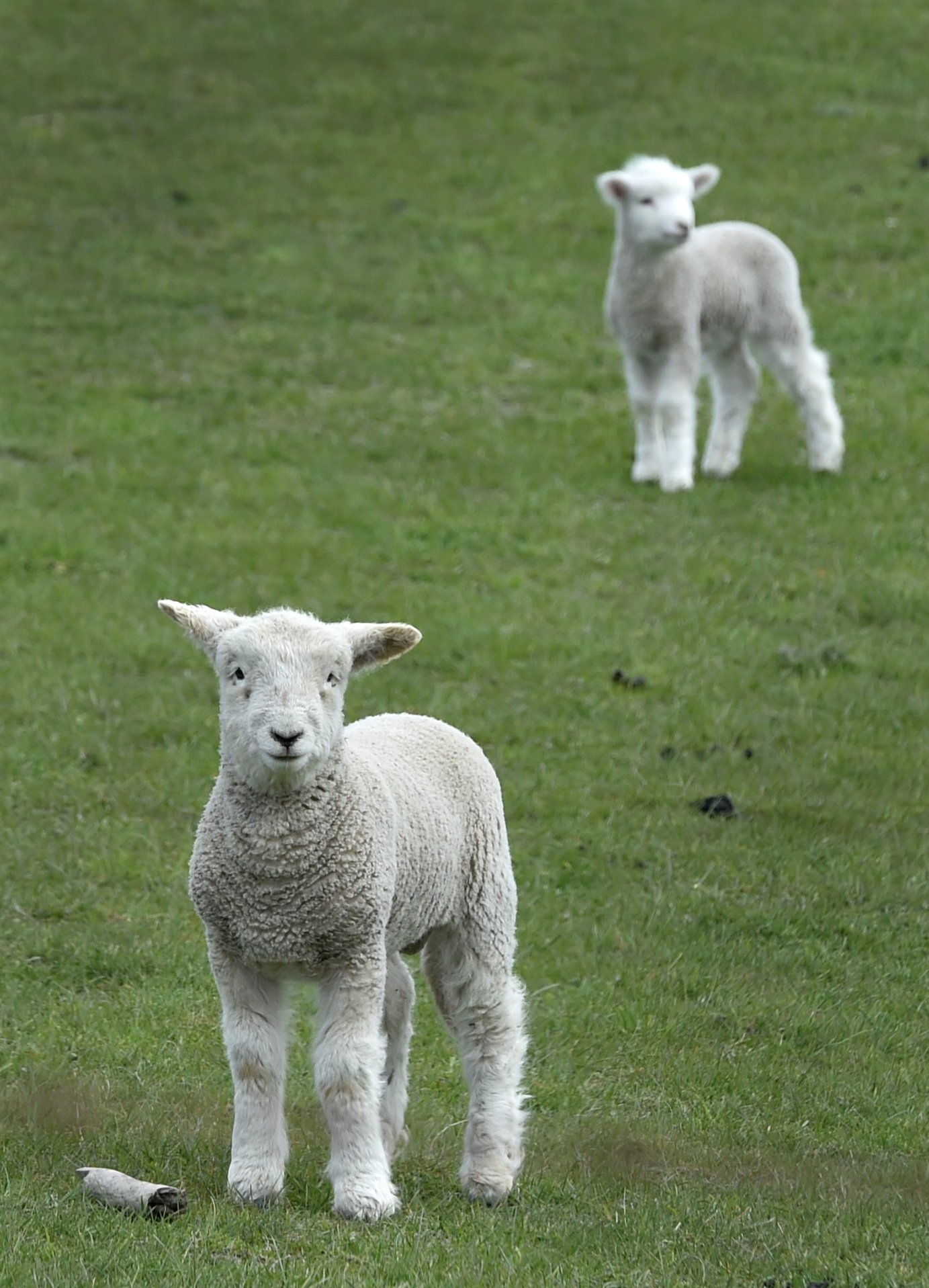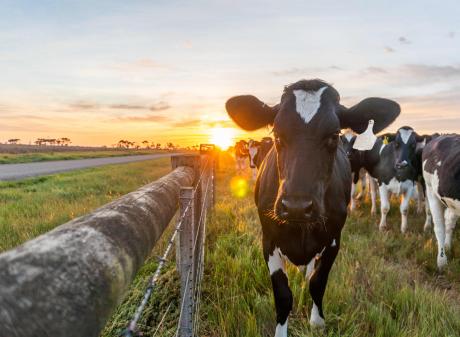
Beef + Lamb New Zealand has released its annual stock number survey which showed a notable decline in both sheep and cattle numbers as of June 30.
That followed significant decreases in the past couple of years; the primary driver in previous years had been land-use change from sheep and beef farms into forestry.
Drought had seen farmers destock and affected the outlook for lamb production for the coming season. The decline in ewes and a lower expected lambing percentage meant it was expected to decrease by 4.8%, or 970,000 head, on last year, the survey said.
Sheep numbers were estimated to have decreased by 4.3%, down to 23.31 million, with breeding ewe numbers falling by 2.9% and trading sheep stock numbers down 7.9%.
Beef cattle numbers were down 2.8% overall, most significantly in the South Island where drought led to a 7.1% decrease, while the North Island was relatively steady, down 0.8%.
In Otago-Southland, total sheep numbers dropped by 3% to an estimated 6.57 million. The drop in Otago was driven by dry conditions and increased areas of planted in trees, while breeding ewe numbers were steady in Southland.
Beef cattle numbers dropped 6.6% in Otago and increased 5.1% in Southland. the survey said.
In a statement, B+LNZ chairwoman Kate Acland said this year had been particularly tough for sheep and beef farmers as the combination of drought across many parts of the country, high costs and low sheep prices had put immense pressure on them.
The report indicated that while there may be a partial rebuild of stock numbers in some regions in the coming season, the full recovery of sheep numbers to pre-drought levels was unlikely, due to ongoing land use change into carbon forestry.
The number of beef cattle might recover more quickly as prices have remained strong for beef and farmers have been switching from sheep to cattle.
In the last three years, there had been a 10% decline in sheep and beef numbers, a major driver being the conversion of sheep and beef farms into forestry due to the Emissions Trading Scheme and high carbon prices, she said.
While sheep numbers had been declining slowly, afforestation had accelerated that sharply and also driven down cattle numbers.
In the three years between 2019 and 2022, about 180,000ha of whole sheep and beef farms were sold into forestry. That started to slow in late 2022 as the Government announced plans to amend the ETS, she said.
That land-use change translated into a reduction of about 1.4 million stock units. While sales had slowed, there were still farms being converted to forestry in the last year.
Mrs Acland said the challenges were likely to have wide-ranging and lasting effects.














